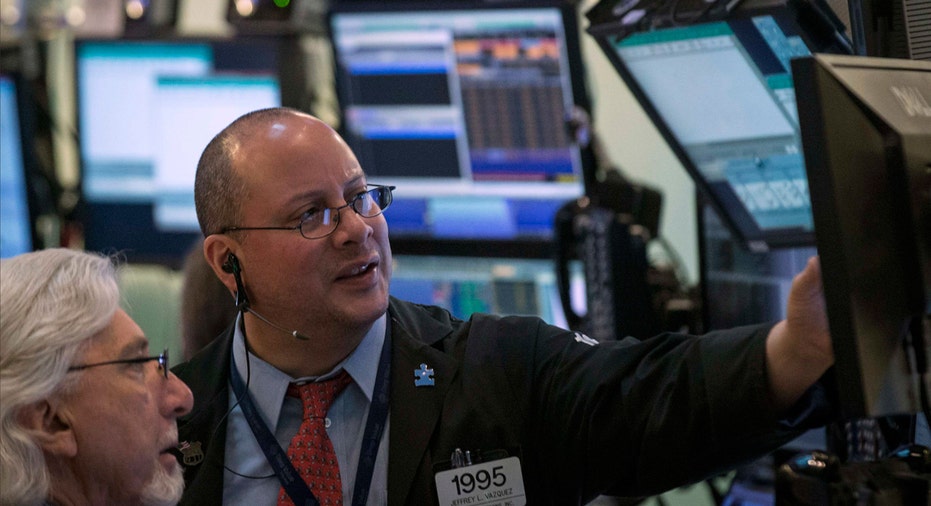Rule 48 101 - How This Rule Affects Your Investing

What on earth is Rule 48? It sounds like something your mother made up to stop you and your brother from fighting after the first 47 rules failed. That is not quite the same meaning as Rule 48 has within the stock market, but the emphasis is similar; it is an attempt to gain control of a potentially unruly situation before it can get out of control.
The Securities and Exchange Commission (SEC) established Rule 48 in 2007 to try to keep markets calmed at the opening bell during extremely volatile times. As of this writing, it has been invoked 77 times, and almost half (35) of those were applied during the crisis of 2008. However, given recent opening losses, Rule 48 probably will have been invoked at least once more by the time you read this.
Believe it or not, Rule 48 is designed to speed the market up, not slow it down. It applies only to the market opening, or re-opening after a suspension of trading. Think of Rule 48 as a mechanism to take pressure off of the opening market in an orderly fashion, like the bleed-off valve on a pressure cooker.
Prior to the opening bell of the exchanges, designated market makers (DMMs) distribute the price indications for stocks before the opening bell, and floor managers must approve those prices. This allows traders to account for the impact of futures trading and world events that take place in the off-hours. When prices are rapidly plunging (or rising, for that matter), the information that DMMs are distributing is outdated before the prices are approved.
To avoid chaotic trading on misinformation, Rule 48 allows the stock market to begin trading at the bell without the need for the DMM and approval process. Rule 48 does not stop or halt slides, it allows whatever is going to happen to take place naturally without the potential confusion of conflicting price information. Market circuit breakers, usually applied to the S&P 500, create the mechanism to temporarily suspend the market if needed. In essence, Rule 48 is a "Start" and a circuit breaker is a "Stop."
At the moment, Rule 48 is being invoked more often because the major market disruption is China. Chinese stock markets and their overnight effect on global markets can create percentage point swings in the US futures markets, thus triggering Rule 48 to create a more orderly opening.
If you are a long-term investor, Rule 48 does not have much meaning for you except as an indicator that you probably should not watch the ticker that day. Constant market watching on turbulent days can lead to panic selling and the likelihood that a bad situation will get even worse.
However, if you like to invest in individual stocks and try to beat the market, a study from Kensho has some suggestions for you. Kensho analyzed S&P 500 stocks and their performance when bought the day before a Rule 48 application and sold the next day. Energy sectors and basic industries performed the worst, while consumer staples, utilities, and real estate fared better than the S&P 500 average of a 1.19% loss.
Note the key word "loss." Rule 48 is by definition associated with sharp broad-based market losses. Any trading during such a day is an attempt to limit damage and should be appropriately targeted. Resist the urge to get out of stocks entirely, and if you do try to buy selected stocks, remember the old adage, "Never try to catch a falling knife. You'll get hurt almost every time."
More from MoneyTips.com:China’s Equity Markets: Volatility RulesThe Stock Market Versus the EconomyObtaining and Understanding Company Reports



















